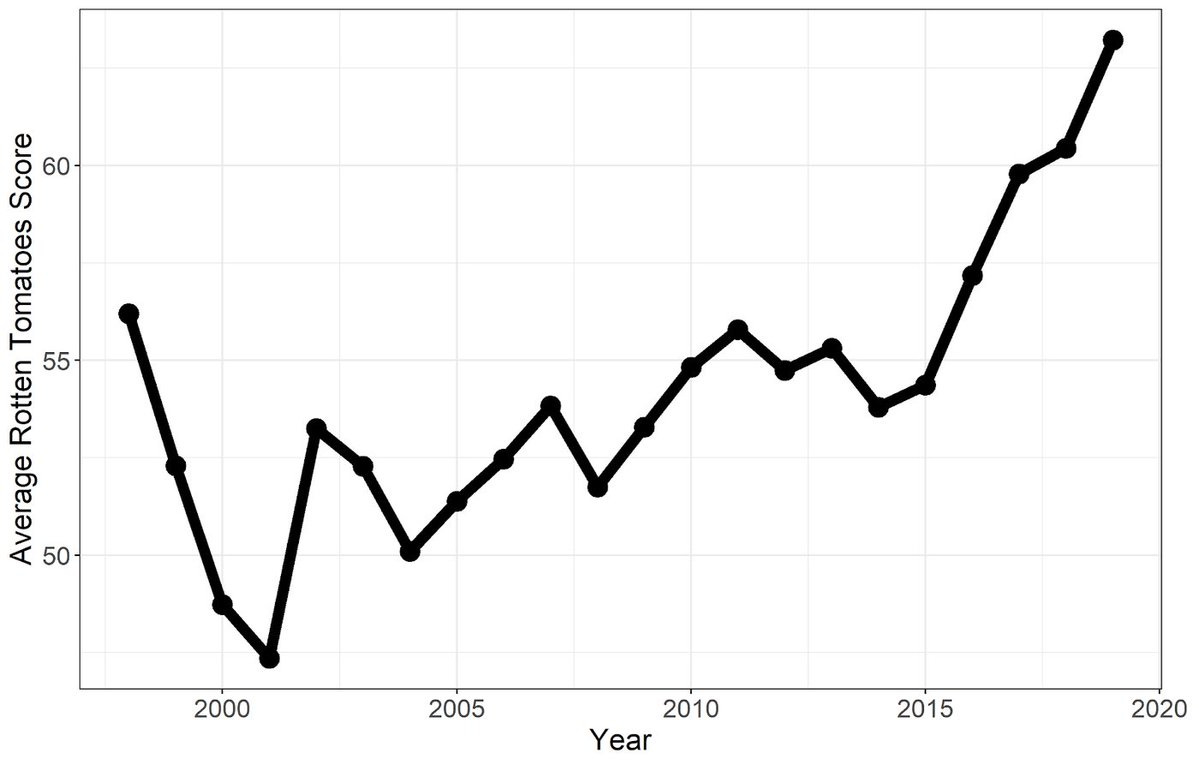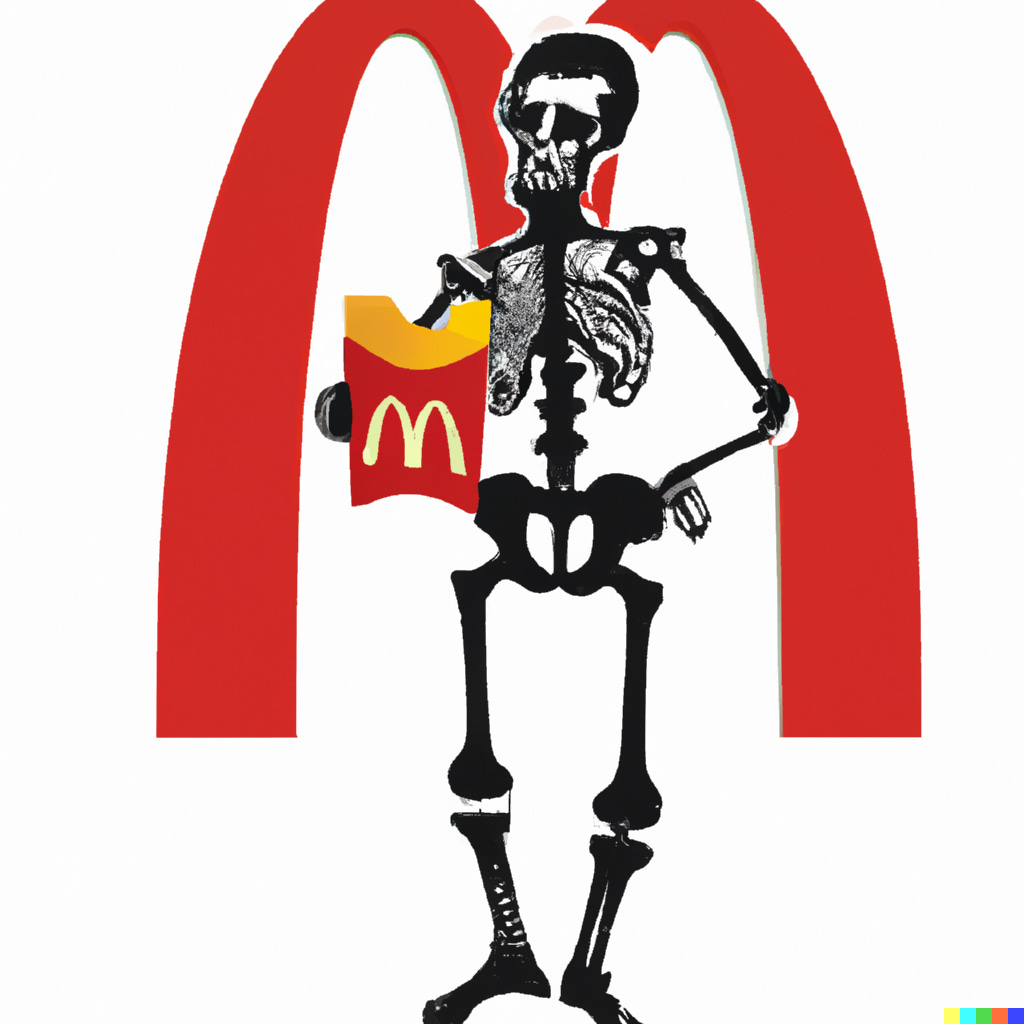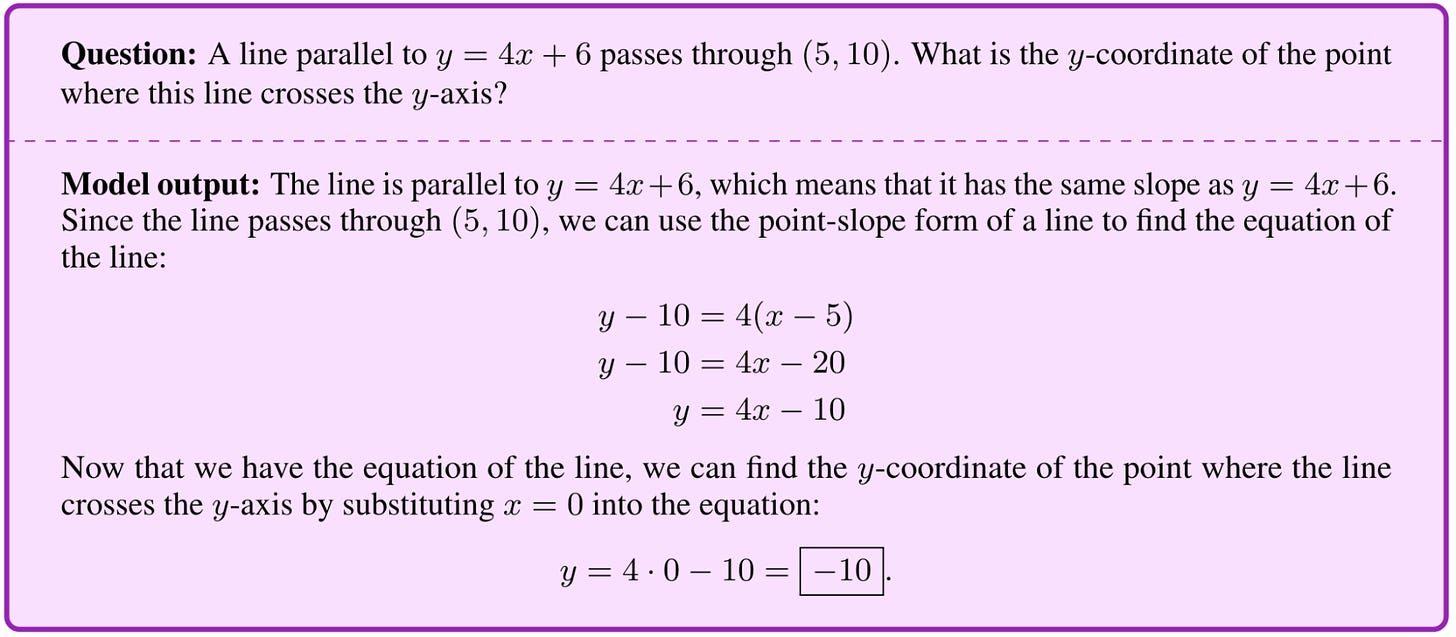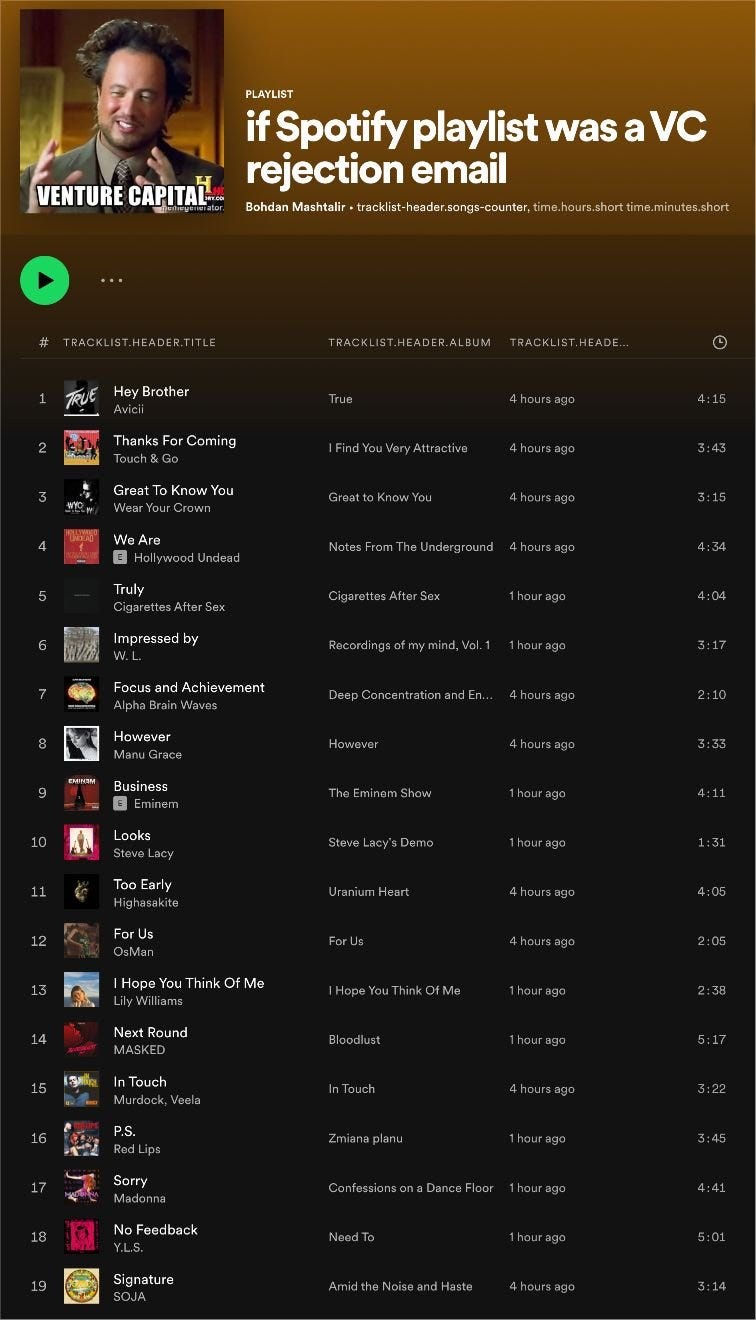Marketing BS Briefing: Review Inflation Edition
AI does Banksy, P&G goes programatic, Radio Shack goes vulgar, Micheline Guides, Rotten Tomatoes, Prompt Engineering, AI Progress, Step-by-step reasoning, the best Spotify Playlist, and more!
From early June through end of July my family has relocated to Portugal (with this company. If you are interested let me know and I can refer you and get you 600 Euro off your first stay). It has been great, but my work week day has been 4-5 hours shorter than it was back home. The result has been less time to produce both briefings and essays. Given some other commitments this may be the last one until August. But I will be back! In the meantime…
This Week’s Sponsor:
Managing Projects Doesn’t Have to Be a Mess
Basecamp is the all-in-one toolkit for working remotely. Organize teams, projects, schedules, files, and everything else your team needs. Teams who use Basecamp send less emails, and have fewer meetings. Try managing your next project with Basecamp. We’ll even give you one month free to try it.
Marketing
Procter & Gamble: P&G has shared that their biggest advertising “spend pool” is programatic. Traditionally the biggest advertisers focused on TV, both because it was effective, but also because it has massive scale (you need to get to very very large spend before you see diminishing returns). But digital has grown up a lot in the last few years, and now, at least for P&G, programatic has enough scale to outspend television.
Television: Meanwhile, AdExchanger “dubunks” the reasons why many mid-sized advertisers are still not doing television ads. The piece argues you should start with Connected TV and re-targeting, but I think the bigger opportunity is traditional television for broad awareness building and customer acquisition. I just got a client to push back into traditional TV and the CPMs are only $5. Targeting can be really bad when your cost per impression is that low…
Radio Shack: The struggling, formerly bankrupt-retailer is pushing the envelope in social media. Instead of touting products, making jokes, or sharing related content of interest to its followers, it has started tweeting vulgarities: “New business plan: snappin necks and cashin checks…”; and this tweet on June 29th that the WSJ was not willing to quote or link to… (I won’t quote it, but I have no issue linking to it. You have been warned). Being offensive is dangerous if you have a large customer base, but that same offensiveness can be helpful if you just need attention — any attention. Marketing is about (1) Awareness/Attention, (2) Consideration, (3) Conversion. Most big companies spend their time on #2 and #3, but if you are small or ignored, being provocative can get you attention, and some percentage of that attention will turn into consideration and conversion. It’s just surprising to see from a brand as well known as Radio Shack.
The Emmys: The Emmy nominations for best advertisement went to Apple (x2), Anti-gun NGOs (x2), Meta and Chevy.
Building an App: This Twitter thread on how Mat launches new Shopify Apps should be required reading for anyone who is looking to launch anything new.
Marketing to Employees
Start-up Ethics: Sooner or later most big companies eventually make explicit ethical commitments. But Paul Graham asks, “do start-ups do this, and if so is it ever a good idea?”. His answer: “The answer is yes to both, but that these commitments have to be (a) simple and (b) related to the business. For example, Apple from the beginning focused on making actually good things, instead of making mediocre things and focusing on marketing. This was not just good for users, but in the long term good for Apple too. It keeps them honest. The opposite approach is to have a laundry list of random commitments based on whatever's the fashion at the time. That's what big companies (in the pejorative sense) do. The result is that they don't get results on any of them. At big companies this sort of laundry-list-of-vague-commitments can coexist with the most unethical behavior in the company's core business. Indeed, that's often the purpose of it: to act as a moral smokescreen. "Our whole raison d'etre is to make your kids consume more sugar. But we're deeply committed to <cause du jour>. So we're good, right?"”
Strategy
Amazon: Amazon is scaling back its private label and considering pulling out of PL entirely. This is “marketing to regulators”. Private Label is a great tool to get products to price-sensitive users at a lower price than national brands. PL is often as good or better than national brands, and makes the economics work by refraining from advertising. Given how small PL is as a money maker for Amazon (it is more a customer satisfier), and it is a focus of a lot of the regulatory heat Amazon takes, it makes sense they would just jettison it. Sad for consumers, and another sign of “Day 2 at Amazon”.
Nintendo: The gaming company has acquired a movie studio and will re-name it “Nintendo Studios”. The goal is to make movies and other media based on proprietary Nintendo characters. This worked very well for Marvel (later part of Disney). Nintendo has a large collection of very valuable IP that has, to date, not been put to full use. Maybe we will see the creation of the second successful cinematic universe? Link meets Donkey Kong…
Micheline Guide: Trug Phan goes into detail on how the Micheline Guide restaurant recommendation business works. It’s weird that this high-end guide is still owned by a tire company. The Guide is estimated to lose its owner ~$24MM/year, but they also believe that the brand halo from the Guide increases branded tire sales in the countries it operates by ~3% (Micheline’s revenue is $25B, so if they had full guide coverage that would be worth ~$750MM). It’s even better for the restaurants that earn the stars: "With one Michelin star, you get about 20% more business. Two stars, you do about 40% more business, and with three stars, you'll do about 100% more business." Lots more at the link.
RottenTomatoes: Average review score has gone from low to mid-50s from 2000-2015, but has jumped to 67% over the last few years. Timing matches up from when RT was purchased by Fandango (a movie ticket retailer) in 2016 (conflict of interest?). It could also be a change in the reviewers used to create the score (or the former driving the choice of the latter)
AI
Make-a-Scene: Meta now has their own version of Dall-e. Dubbed “Make-a-scene” the prompt is both text (like Dall-e and Google’s Imagen), but also a rough sketch of what you are looking for, “This combination allows the user to not just describe what they want in the image but also dictate the image’s overall composition as well.” In testing users chose the Make-a-Scene result over Dall-e 66% as “more representative of the text" prompt” and 99.5% of the time as “more representative of the sketch”. Another example of better results from human-AI collaboration vs AI alone. Full details here.
Prompt Engineering: Prompt engineering is the skill of coming up with the right starting prompt to get good output from the new AI language models. If you start your code prompt by saying the output is from an “expert programer” you tend to get better code from the AI. Jared on Twitter argues that we can do this for ourselves as well. AI skills as self-help:

Banks-e-2: Two things happened last week. (1) A good friend of mine got access to Dall-e-2, and (2) I saw a Banksy exhibit in Porto (highly recommended when if comes to your city!). I asked him to try some Banksy-related prompts. Conclusion: Dall-e is great at mimicking style, but it is not so good at coming up with good ideas. Banksy art is subversive and witty. If you have a specific subversive-witty idea you can get Dall-e to produce it, but just feeding generalities like “Banksy artwork about consumerism using a chicken” doesn’t get you anything to write home about. Ronald McDonald as a skeleton in the style of Banksy:
Extending Michaelangelo: Dall-e is very good at "filling in gaps or extending an image. Here Nigel uses the tool to extend the famous Michaelangelo painting of God touching Adam, and does so with a cool “zoom out” animation. Once humans provide the idea, the AI is very capable of creating real art.
AI Progress: Jacob Steinhardt created a forecasting prize for AI researchers in June 2021. The goal was to predict quantified AI benchmarks in June 2022-2025. The first results are in, and in those 12 months, researchers under-predicted progress (by a lot!). This is happening fast folks. Time to figure out your plan.
Minerva: Google has released details of their new model that solved math word problems using step-by-step reasoning: “Minerva combines several techniques, including few-shot prompting, chain of thought or scratchpad prompting, and majority voting, to achieve state-of-the-art performance on STEM reasoning tasks”
RegEx: This tool converts regular English in RegEx (using GPT-3)
Sentiment: Last year Google released an “Emotions Dataset” that included 58K Reddit comments labeled with one of 27 different emotions. The dataset was labelled manually by humans, for the purpose of training (or testing) AI labeling methods. Now it looks like some AI systems are much better at labeling than the original humans (who may have been non-native English speakers). Surge (an AI data-labeling company) audited their results and found ~30% of the original labels were wrong. Things like “daaaaaamn girl!” labeled as ANGER; “KAMALA 2020!!!!!!” as NEUTRAL; and “Yay, cold McDonald's. My favorite.” as JOY. Sometimes the bar for AI is much higher than the bar we have set for humans. (The real issue here is that many AI are trained on these datasets, and it is garbage in-garbage out)
Symbolic Manipulation: Dall-e is very impressive, but it will often get mixed up if there are multiple things acting on multiple subjects. For example the prompt “green dog in a red harness chasing a squirrel,” will sometimes make the squirrel green, put the harness on the squirrel or make the dog red. This has to do with how the AI uses symbols. Noemamag explains more on how this works and how it relates to human intelligence.
Mood Boards: A new tool from Google AI allows you to upload a series of images that represent a “mood”. The AI will then find/create more images that match that mood. A new way to search.
Careers
Talent: Following-up from my review of Talent, this HBR article co-written by Tyler Cowen is on how to change the hiring process. I largely agree with the five recommendations:
Reduce the number of interviewers in your process.
Be explicit about whose decision it is.
Ask interviewers to use numerical ratings when evaluating candidates.
Remove the “Dr. Deaths” from your hiring committee.
Change your culture to reward those who spot great hires, not penalizing those who end up with an occasional poor performer.
Working from Home: Bloomberg estimates that the “Work from home” value is equal to about 2% of wages, and is a reason we have not seen as much wage inflation as we might have expected in the past year. “Working from home is not a free company benefit” (in practice NO company benefit is free — they are all part of a compensation package used to attract candidates. Everything is a trade-off). From the same article: Office occupancy is still down 50% from pre-COVID.
Geographic Flexibility: This WaPo article argues that the reason the children of new immigrants are more successful than natives (on average) is just because immigrants are more likely to live (or move to) areas of opportunity. More and more data suggests that the most impactful thing parents can do for their kids is to raise them in the right place. Once you correct for that second generation immigrants do not do any better than natives — apart from their willingness to move to opportunity.
How to learn: A great post by James Somers on how to better teach biology, but with lessons for teaching or learning just about anything.
Humanities: This tweet is interesting. I think the answer is “not really”, as the amount of time needed to learn the skill of prompting with an artist’s name seems like it could be learned in more efficient ways than a four year college degree.

Fun
Spotify: A Venture Capital rejection email as playlist.
Comic Books: In the “trends you may not be aware of” category, comic book sales were up +62% in 2021. Graphic novels +76%, periodical comics +53%, comic book shops +60%, bookstores +81%. Before you think 1980s geeks have inherited the Earth, note that computer sales are down almost 13% this year. This is also your periodic reminder that you may want to subscribe to my podcast, Super Serious 616, which covers the implications of Marvel Comics from the early 1960s.
Keep it simple,
Edward









IMO Switching from fully in person work to fully work from home is worth a hell of a lot more than 2%, probably in the range of 20-50% for the people who get to make the complete switch.